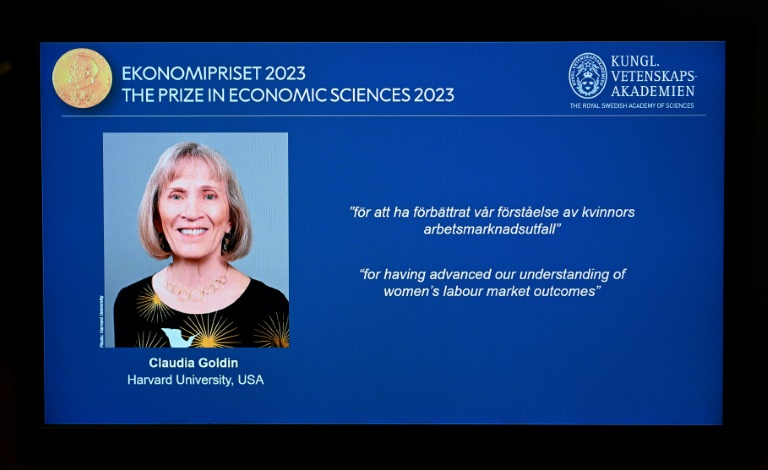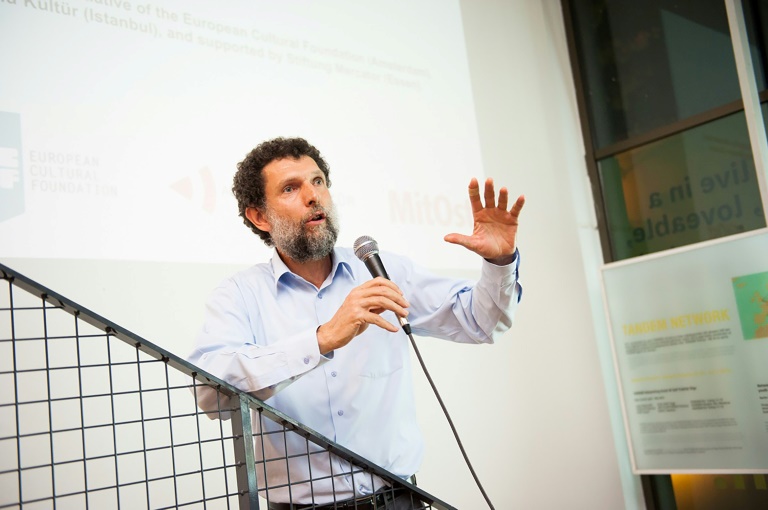Navigating your student’s myriad options and decisions during their early years can be a complex and daunting task. To make this process more manageable, Princeton College Consulting created a special “Counselor on Retainer” service for parents to help them guide their own students with confidence and clarity as it relates to establishing a strong foundation for future college admissions. As part of this, understanding your child’s capacity and desire as early as possible when they are young will provide greater clarity around decision making and enable you to make decisions that will help them build a strong foundation for personal growth. Let’s delve together into evaluating your child’s capacity and desire, empowering them to understand their capabilities, passions, and the path they wish to pursue.
Understanding Capacity and Desire
Capacity refers to your child’s ability to handle the increasing responsibilities and challenges of school, encompassing both academics and extracurricular activities while balancing personal obligations. It includes their skills, knowledge, experience, and resources. On the other hand, desire represents their motivation and drive to pursue specific goals or opportunities, reflecting their passions, interests, and values.
Recognizing Uniqueness: No One-Size-Fits-All
Each student’s capacity and desire vary, and there’s no uniform definition applicable to everyone. To grasp these attributes, we must identify where these lines lie for your child, using a personalized approach for their growth.
The Four-Box Analysis
Imagine a four-box analysis to better comprehend your child’s capacity and desire. Capacity lies on the X-axis, and desire on the Y-axis. The four boxes illustrate four distinct scenarios, each holding implications for decision-making.
Scenario 1: High Capacity, High Desire
Ideal Scenario! Your child possesses the skills and motivation to succeed in diverse pursuits. Encourage them to pursue their passions and interests confidently, both academically and extracurricularly. However, monitor their stress levels as they take on more responsibilities to avoid crossing a line that may impact their performance, both in and out of the classroom.
Scenario 2: High Capacity, Low Desire
Help your child identify what truly interests them, both academically and extracurricularly. Colleges value students who make the most of their opportunities, and pursuing activities they genuinely enjoy will reflect well in applications.
Scenario 3: Low Capacity, High Desire
Motivated but lacking the necessary skills or resources to be fully successful. Find areas of interest around which to develop skills but it will also be important to monitor stress levels and help them scale back strategically, thus paving the way to success and greater confidence.
Scenario 4: Low Capacity, Low Desire
To address low capacity and desire, explore the root causes. Lack of motivation may be due to misaligned interests or exposure to insufficient resources and experiences. Support and counseling can help boost self-esteem and overcome challenges. Assess whether additional resources or educational support can enhance capacity.
Conclusion: The Path to Success
There’s no magic formula, but understanding your child’s capacity and desire can guide them towards a fulfilling future. Identifying their unique strengths and passions empowers informed decision-making. Tailor opportunities to align with their goals and priorities, combining alternative avenues, capacity-building, and addressing deeper issues if necessary. With the right support, students can overcome challenges and thrive in their pursuits.
Empower your child with the knowledge to assess their capacity and desire, enabling them to embark on a journey of personal growth, self-discovery, and success.
Visit Princeton College Consulting’s website and LinkedIn profile to learn more about their expertise. Remember, it’s not about one right answer; it’s about being empowered to make informed decisions that will lead to a bright future.







